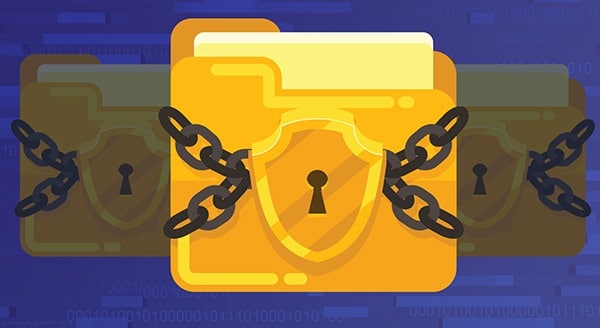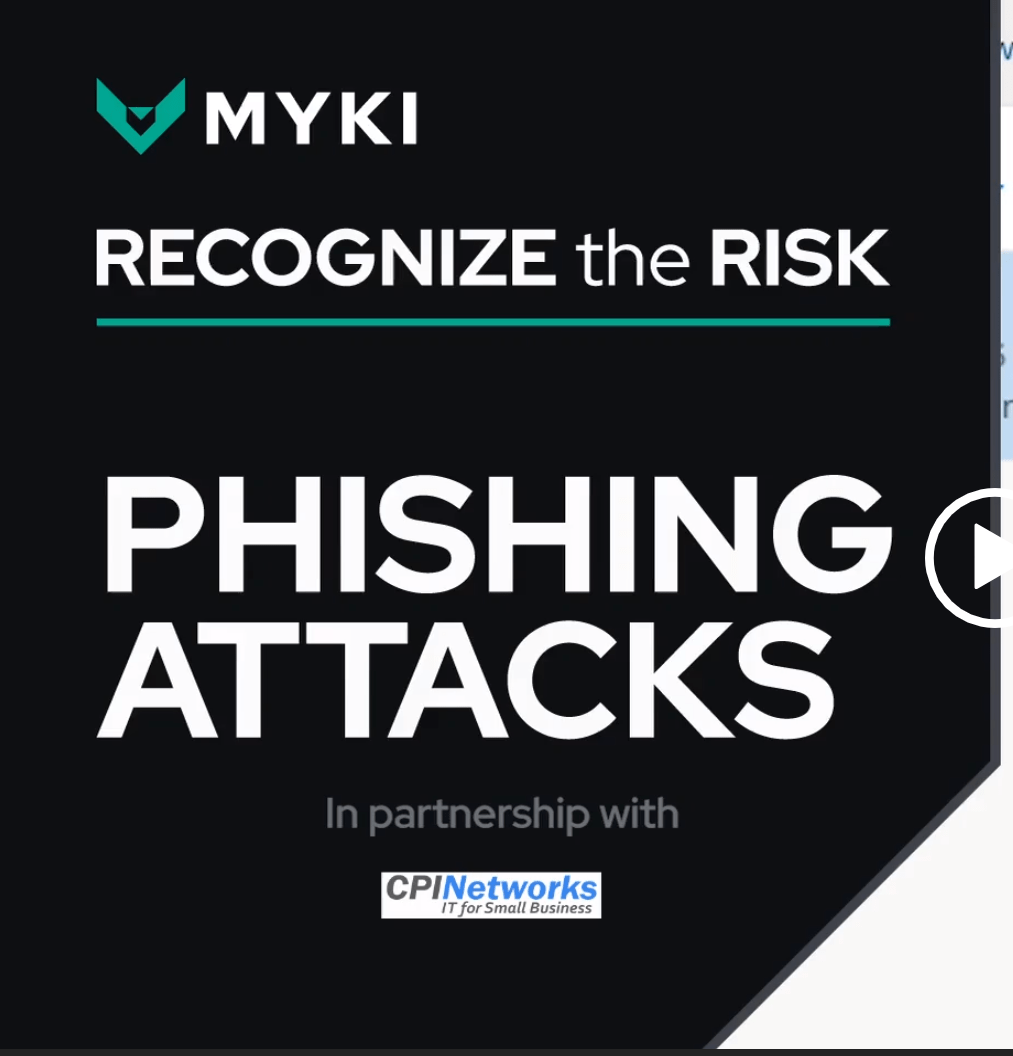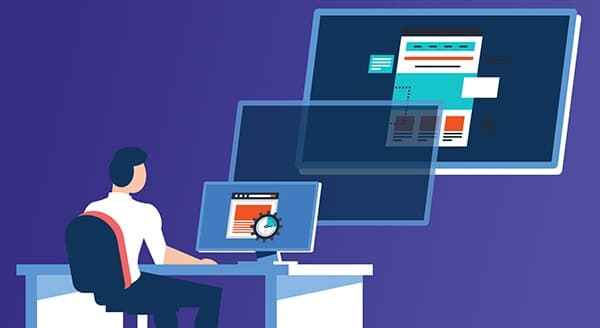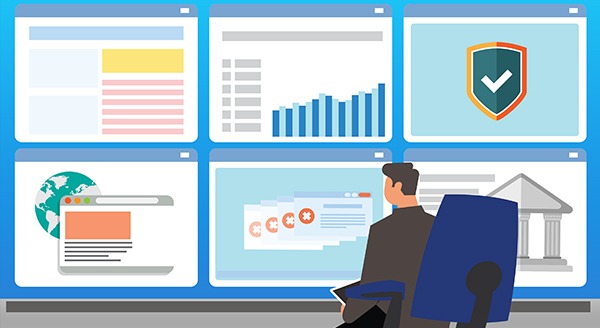Doing Business in Microsoft 365? Backup Your Data
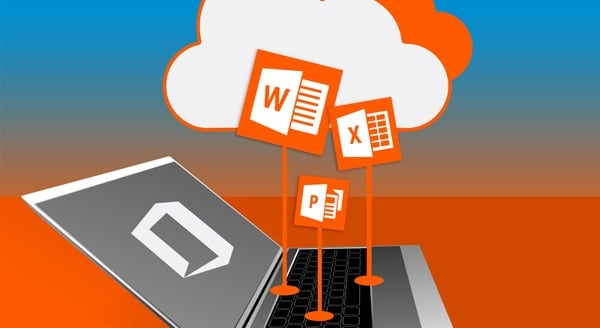 Many business tools are moving to the cloud. One popular option is Microsoft 365, formerly known as Office 365. This unified platform consolidates Excel, Word, and PowerPoint with collaboration and communication tools. Added apps and services help streamline operations, too. Simplifying your IT infrastructure can also cut costs and reduce duplication of effort. Still, when you’re leveraging the convenience of Microsoft 365, data backup is your job.
Many business tools are moving to the cloud. One popular option is Microsoft 365, formerly known as Office 365. This unified platform consolidates Excel, Word, and PowerPoint with collaboration and communication tools. Added apps and services help streamline operations, too. Simplifying your IT infrastructure can also cut costs and reduce duplication of effort. Still, when you’re leveraging the convenience of Microsoft 365, data backup is your job.
When all software was on-site on business servers and machines, you had complete control. The IT team kept the systems up to date, virus-free, and running smoothly. They built in redundancy to ensure data recovery. They planned for natural disaster, human error, malicious attack, ransomware, or hardware misconfiguration.
Now, though, IT doesn’t have the same control. With the transition to Microsoft 365, the job has changed. Microsoft makes sure its users can continue to access SharePoint or Teams in the event of a disaster, but this doesn’t mean they are responsible for backing up your data – that’s your responsibility.
As do many cloud-based vendors, the company says you own and control your data. They ensure service availability, but you need to set up your own data backup in case of a hack, employee error, or failing to install a security patch.
What does Microsoft 365 Backup?
Reducing downtime is a big reason to backup data. Resilience in the wake of a data breach helps establish credibility with customers, investors, and employees. You may also need backups for compliance with legal guidelines and industry standards.
Yes, you can restore some data within Microsoft 365, but only in the short term. For instance, you can recover information from your deleted-items folder. When something is deleted from that folder, an administrator can often recover it from a system-wide recycling bin.
The thing is, Microsoft 365 doesn’t hold data for that long. It can range from two weeks to a month, depending on your configuration. Plus, you’re not in control of when data is purged, from which there is no recovery.
Microsoft’s datacenter redundancy and data replication efforts support service uptime. It won’t matter if your data is breached, encrypted, or irretrievable due to a hardware failure, flood, or fire.
You need your own data backup. We recommend that you have “snapshots” of your data in three places: one is on-site on a local, protected computer or device; another would be on a remote device; and the third would be in the cloud with a reputable third-party backup provider.
Test Your Backup
Having a backup of Microsoft 365 data offers reassurance that your business can bounce back. Still, don’t get complacent just yet. Along with having a process in place to back up your data, also plan on testing backups.
Testing helps you learn how effectively you can recover following data loss. Plus, testing backups saves you from finding out in a crisis that something has been wrong all along.
Protect your business from data loss and lengthy downtime with your own data backup. We can offer you backup services and help get your company up and running again if the worst does happen. Contact us at (416) 645-2469 or (905) 667-0441 or email us for help today!
Want to be notified when our next blog is posted, sign up here.

